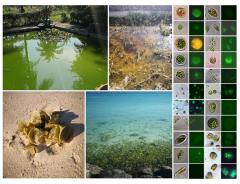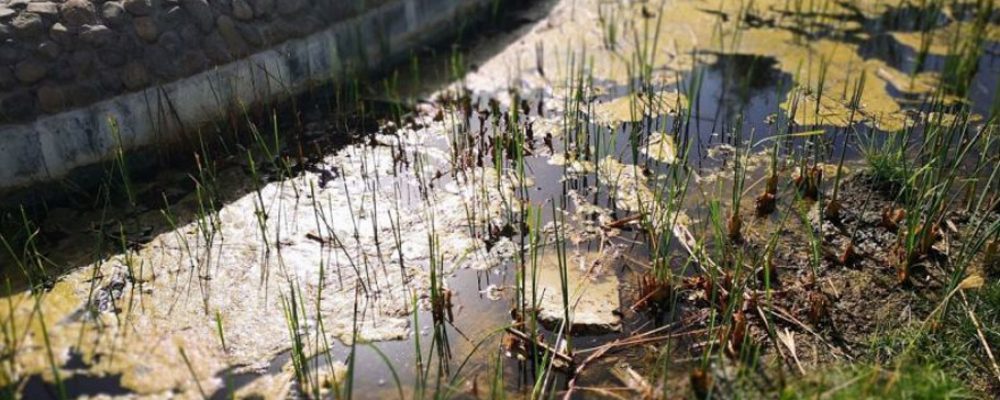Much of the Earth’s oxygen is regenerated by algae. Despite the importance of algae as global primary producers of our planet, and their potential use in biotechnological applications, whole-genome sequences have been obtained for nearly 40 algal species around the world. As most of these genomes are from temperate microalgae, little is known about algae’s adaptive strategies to non-temperate climates, such as those found in the UAE and other subtropical regions.
After nearly five years of bioprospecting and laboratory cultures, NYU Abu Dhabi researchers recently reported the genome sequencing of a large isolated group of algae in the UAE in iScience journal.
NYUAD researchers David Nelson and Kourosh Salehi-Ashtiani, in addition to other group members, selected 22 microalgal genomes that they had obtained from the UAE’s mangroves, open sea, salt flats, deserts, and urban areas for whole-genome sequencing and subsequent analyses. Their study reports that microalgae genomes obtained from the subtropics raise the number of publicly available microalgae genomes by approximately 50 percent.
“As nutrient deprivation and climate change threaten the sensitive, yet ecologically important coastal environments like the UAE’s, this study provides insight on the genomic makeup of their microbial primary producers and their survival mechanisms,” he added.
Additional information – photo caption
Microalgae grow in diverse habitats in the urban and coastal landscapes of the UAE despite various environmental challenges that they face. The NYUAD study involved collecting samples from these sites (left panels) and isolating single microscopic species which were grown in the lab (right panel) for genome sequencing and analyses. The team found that in comparison with other algal species, the coastal UAE algae had expanded sets of genes to support increased sulfur metabolism, which in turn, can help the microalgae cope with the high salinity and frequent droughts encountered in the UAE.





